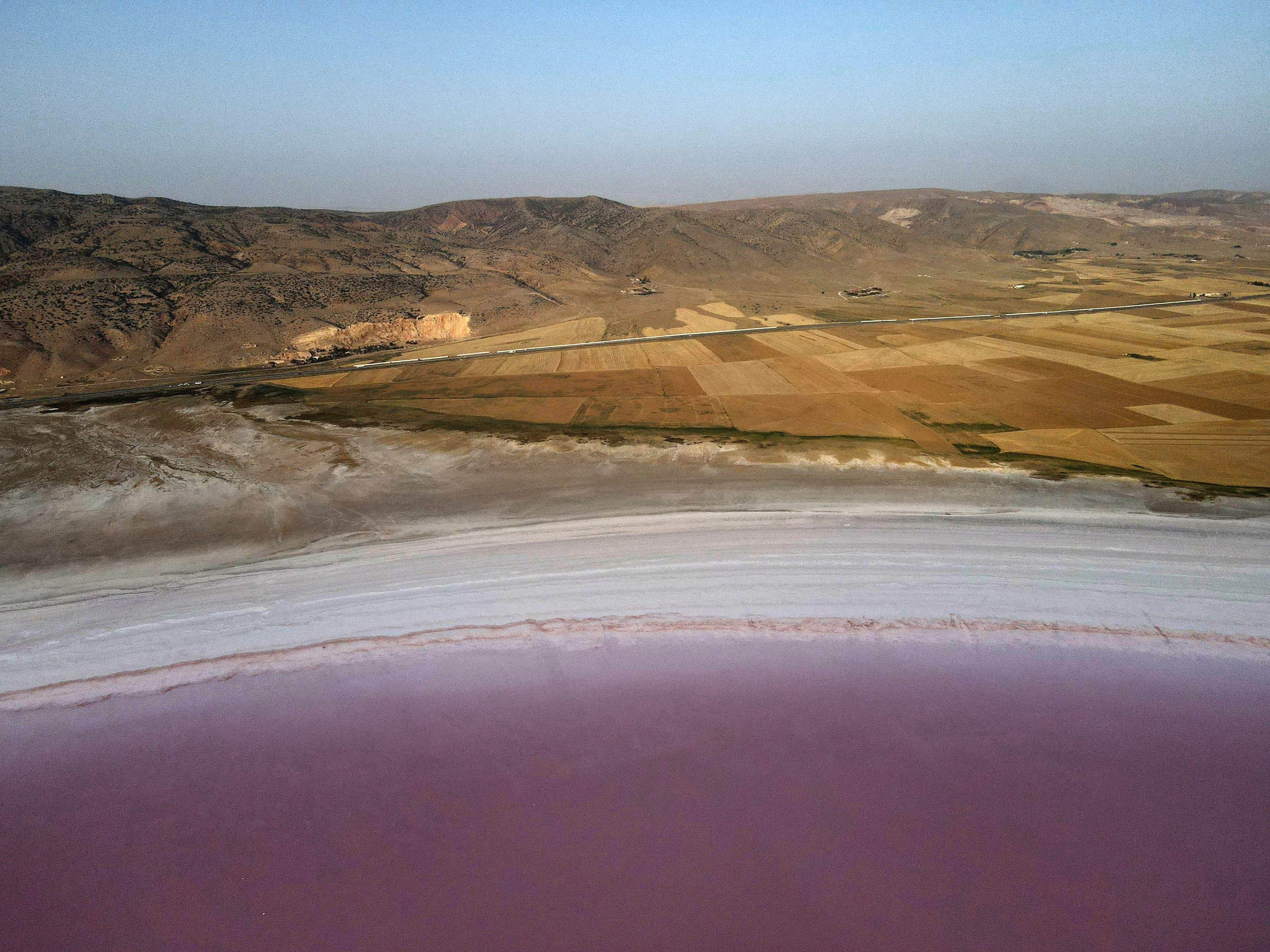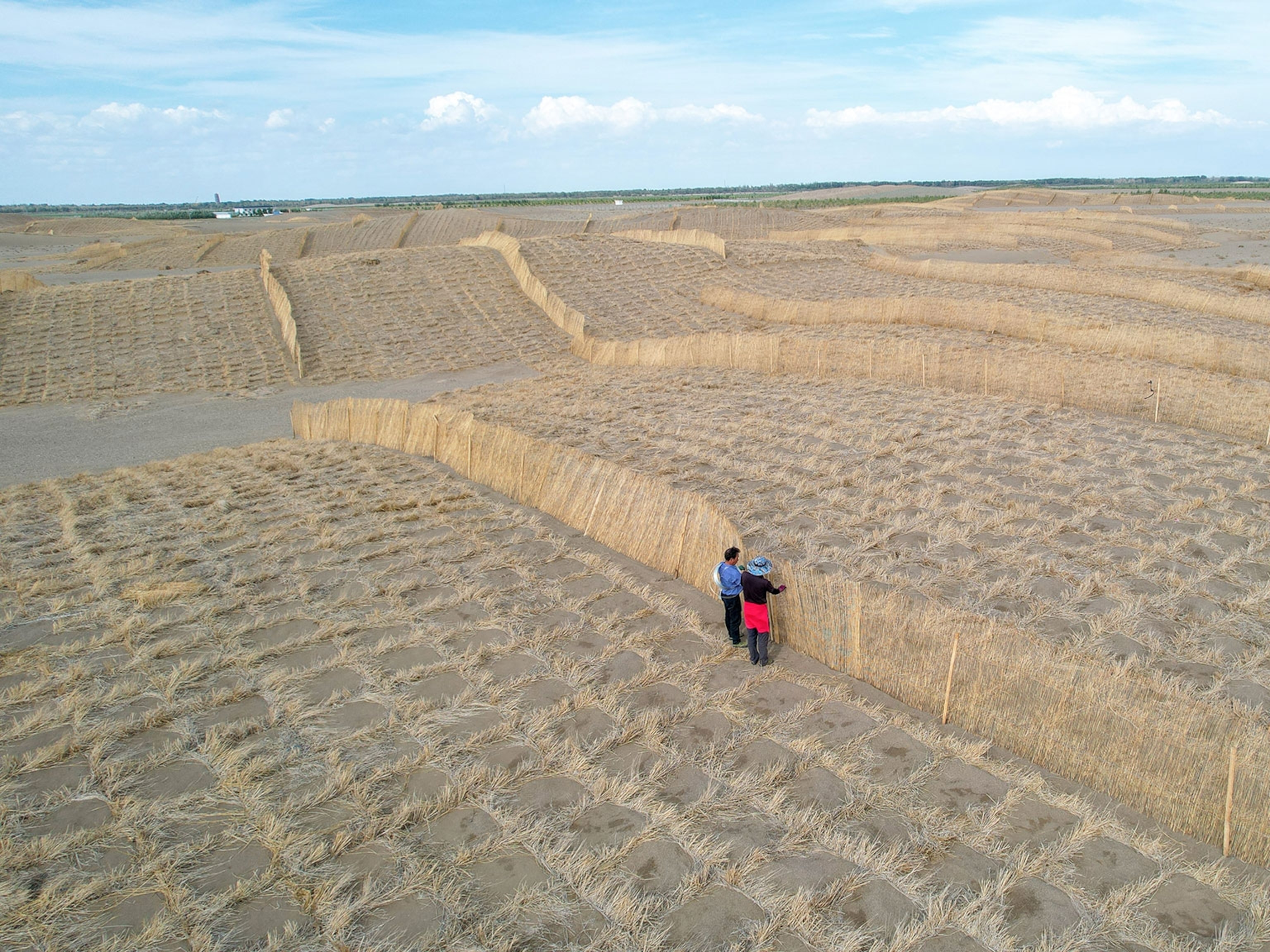Brazil's Severe Drought Dries Up Reservoirs
California is not alone: São Paulo is also facing severe water restrictions.
Thanks to the worst drought in eight decades in southeastern Brazil, water levels have dropped dramatically in the reservoirs that supply São Paulo, the country's largest city. New satellite imagery from NASA reveals that critical reservoirs there have dwindled to 3 to 5 percent of storage capacity, creating shortages in the region.
Rainfall totals in the region this year are 12 to 16 inches (300 to 400 millimeters) below normal.
According to a poll conducted this week, 60 percent of respondents in São Paulo reported that their water supplies have been restricted at least once in the past 30 days. Three-quarters of those people said the cut lasted at least six hours.
The Landsat 8 images above show Jaguari Reservoir, one of five lakes in the Cantareira System that supply water to roughly half of the 20 million people in the São Paulo metropolitan area. (Another 20 million live in São Paulo state.) The images show the reservoir in August 2013, before the recent drought began, and again in August 2014.





